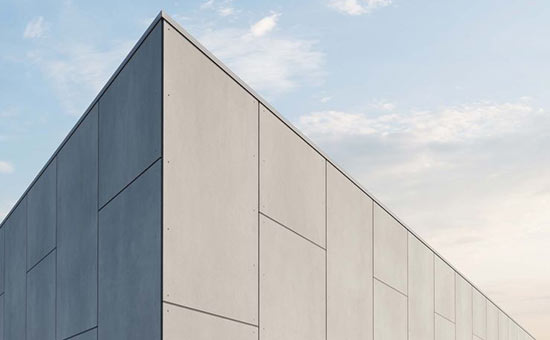Prefinishing composite materials have become standard in exterior construction due to their dimensional stability, resistance to decay, and reduced maintenance requirements. Their rise in applications such as cladding, screening, and façade systems reflects a shift towards engineered building products. However, despite being factory-manufactured, many composites require further treatment for optimal outdoor performance. Site-based coatings struggle with adhesion, consistency, and longevity. Pre-Finishing Exterior Composite Materials in controlled facilities solve these problems at scale.
Why Prefinishing Exterior Composite Materials Makes Sense
While some composites come with integral colour, many remain susceptible to UV degradation, surface weathering, and coating failure over time. Additional coating systems improve UV stability, seal porous surfaces, and extend aesthetic life. Precision pre-finishing in factory environments also reduces project delays and rework. For long-term protection and visual control, Pre-finished materials deliver better consistency than site-applied alternatives.
Types of Exterior Composite Materials
Common substrates include wood–plastic composites, high-pressure laminates, and fibre-reinforced panels. These are often used for trims, façades, and architectural screens. Composition and surface profile directly influence coating bond strength. Some blends feature recycled fillers or polymer additives that alter porosity and affect finish outcomes. Understanding substrate characteristics is central to successful Industrial pre-finishing.
Surface Preparation for Prefinishing Exterior Composite Materials
Composites must be cleaned to remove oils, release agents, or dust left from manufacturing. Degreasing is critical—surface contamination can cause blistering or peeling under UV exposure. Bonding primers or adhesion promoters are often used to match coating systems with specific composite formulations. Pre-finishing Sydney operations typically run compatibility checks prior to production.
Coating Considerations for Prefinishing Exterior Composite Materials
Film-forming coatings create a uniform finish layer with controlled sheen and colour. Penetrating sealers offer protection without altering texture but may lack long-term stability under sun exposure. Clear coats are used to preserve surface detail, while pigmented coatings help achieve custom project specifications. Where necessary, colour-matching technologies are used to replicate design palettes across batches. Industrial finishing Australia-wide applies high-build and low-VOC coating options based on end-use conditions.
Application Methods for Prefinishing Exterior Composite Materials
Composites benefit from automated spray lines. These systems provide consistent coverage across grooved or textured surfaces. Brushing is rarely used due to surface resistance, and rolling may cause uneven application. Multi-axis spray booths offer greater control for complex profiles. Industrial finishing Sydney facilities often incorporate dual-coat processes with inter-coat adhesion layers to improve performance.
Curing and Handling for Prefinishing Exterior Composite Materials
Post-coating, composites must be cured under controlled temperature and humidity to prevent surface bubbling, tackiness, or off-gassing. Proper handling during curing minimises surface impressions and transit defects. Finished panels are packed in protective layers and stored in ventilated conditions to preserve surface quality. Storage protocols are critical to reduce coating damage before installation.
Sustainability and Aesthetics for Prefinishing Exterior Composite Materials
Low-VOC coatings are preferred for compliance and indoor air quality during installation. Many composite panels are recyclable, and finish systems are selected to maintain that status where possible. Colour retention is a key metric, particularly for projects exposed to full sun or coastal climates. Pre-finishing also supports visual consistency, especially across large façade areas or modular systems.
Conclusion
Pre-Finishing Exterior Composite Materials deliver measurable gains in performance, lifespan, and design flexibility. By applying protective systems in controlled environments, finish integrity and project timelines are both improved. For the Best pre-finishing services across composite applications, Enekor provides end-to-end solutions backed by Industrial pre-finishing expertise.
Speak with Enekor for Pre-finishing Sydney-wide or national projects requiring high-volume, specification-driven results.

